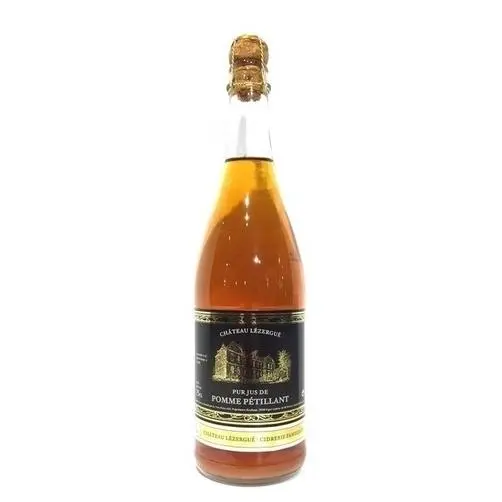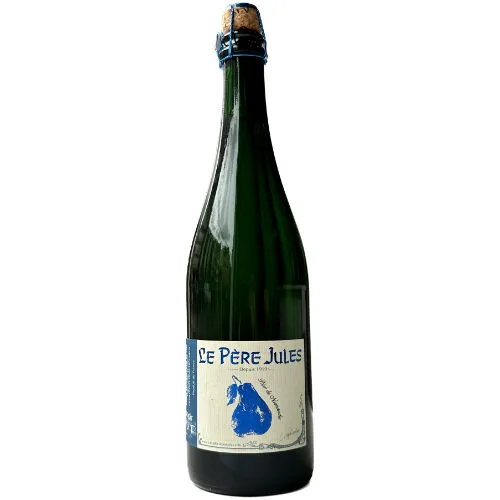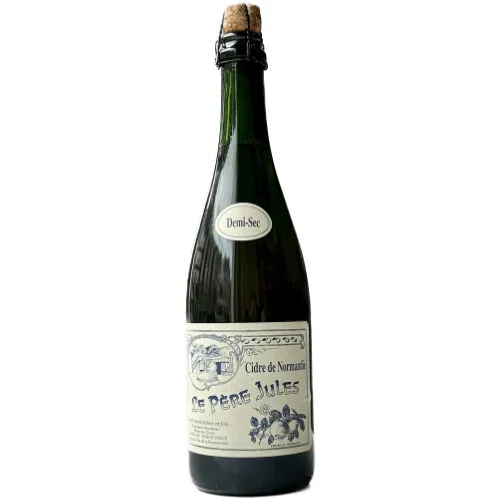
Ramborn: cider uit de regenwouden van Luxemburg
Drie goede vrienden die tijdens een vakantie in het Verenigd Koninkrijk de lokale ciders proeven: daar begint het verhaal van Ramborn. Tijdens het proeven deelden de vrienden onderling verhalen over hun ouders en grootouders, die lokale appels gebruikten om hun eigen cider te produceren. Zo ontstond het idee om een eigen







